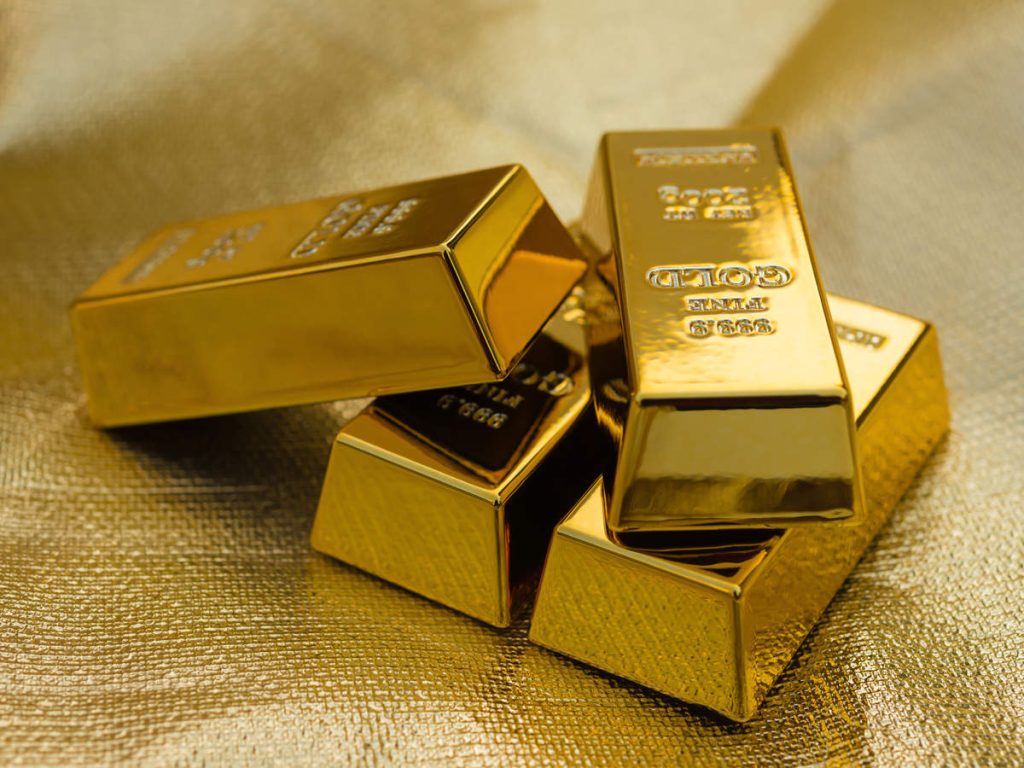Discovery
Gold was among the first metals to be discovered by humans, and it was found in its most primitive and natural form in ancient streams and the ground. Gold has become a sign of prestige as well as glamour in well almost every culture that could acquire it because of its beauty and rarity. Precious metals like gold, silver, and platinum were ideal for making jewellery because of their brilliant shine and resistance to tarnishing.
However, archaeologists and scientists are divided on where and when humans first came into contact with it and began using gold.
The ancient Mesopotamians didn’t start making gold jewellery until 2600 B.C., which opened the door to a wide range of decorative and aesthetic applications for both people and structures. According to legend, Tutankhamen’s tomb was built primarily out of gold in 1223 B.C., and Solomon’s famed temple is said to have been built out of gold as well.
As early as 700 B.C., gold was used to make one of the very first coins that would come to be known as money. Once silver and gold coins were established as currency, trading became a lot easier during the classical eras.
Gold Rushes: A History
Assaults On Egypt’s Gold
Despite the fact that gold artefacts dating as far back as 40,000 B.C. have been found in Spanish caves, it was not until 3600 B.C. that Egyptian goldsmiths began melting down natural gold.
For centuries, Egyptians were involved in early gold conquests, utilising slaves, slaves and criminal prisoners to work primitive gold mines. Even though gold was never officially recognised as money, people still sought it out for its intrinsic value as a precious metal.

Conquests By The Greeks For Gold
Aristotle and Plato made wild speculations about the enigmatic origins of gold after Greeks began mining for it in the Mediterranean and the Middle East around 550 BCE.
Because of the limited scientific & geological understanding of both gold and water at the time, it was commonly believed that the metal was a dense mixture of the two.
It’s not unusual to find the remnants of Greek mines today because of the country’s extensive mining activity.
The Romans Are On A Gold-Hunting Expedition
The Romans would greatly expand on the Greeks’ technology and mining capabilities, in part because of the Roman Empire’s size and resources.
A number of the earliest stream-based gold mining structures were built by them, including the following:
- Mining Hydraulics
- Sluices
- Long Toms
- Water Wheels
Slave and prisoner labour was also used extensively by the Romans to mine underground. To make their gold even more valuable and pure, they developed a roasting technique to separate the ores from the rock they were mining.
Using these advancements, they were able to improve & exploit old mining sites which they would inherit as just a result of the large landmass under their control.
